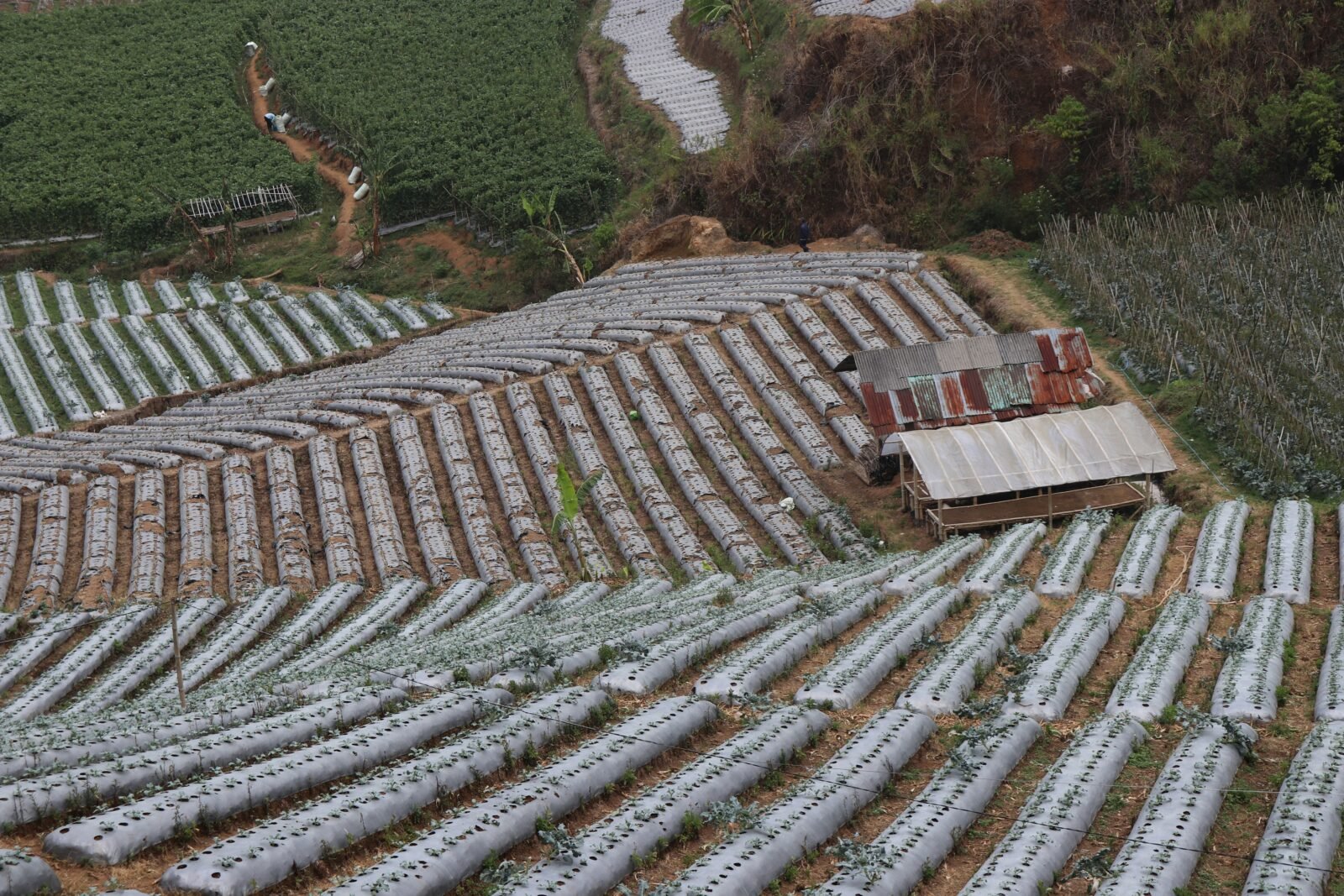Agricultural Business,The term “agribusiness” encompasses a vast and dynamic world, intertwining agriculture and business across various stages of food production. It’s more than just farmers tending to their fields; it’s a complex network of interconnected players involved in everything from seed production and animal feed to food processing, distribution, and even retail. Understanding this intricate system requires delving into its key aspects and appreciating its far-reaching impact.
Contents
What is Agricultural Business?
At its core, agribusiness is the commercial side of agriculture. It covers the entire spectrum of activities involved in bringing food, fiber, and other agricultural products to our tables. This spectrum can be segmented into four main stages:
1. Input Supply: This stage encompasses the production and distribution of resources needed for agricultural production, such as seeds, fertilizers, pesticides, machinery, and animal feed. Companies involved in this stage include seed companies, fertilizer manufacturers, equipment manufacturers, and feed mills.
2. Farm Production: This is the on-farm cultivation of crops or livestock. Farmers utilize inputs from stage 1, along with their own land, labor, and expertise, to raise crops or livestock for market. This encompasses diverse farming practices, from small-scale family farms to large-scale commercial operations.
3. Processing and Distribution: After leaving the farm, agricultural products often undergo processing, packaging, and storage before reaching consumers. This stage involves companies like food processors, grain elevators, storage facilities, and transportation providers.
4. Marketing and Retail: This final stage connects processed or raw agricultural products with consumers through supermarkets, restaurants, wholesale markets, and even online platforms. It involves marketing, branding, and sales activities to ensure products reach their target audience.
Beyond the Stages: The Agricultural Business Ecosystem
While these four stages provide a framework, the agribusiness ecosystem extends further. Various entities contribute to its functionality, including:
Financial institutions: Providing loans, insurance, and investment services to farmers and agribusinesses.
Government agencies: Setting regulations, providing subsidies, and supporting research and development.
Non-profit organizations: Advocating for farmers, promoting sustainable practices, and connecting different stakeholders.
Technology companies: Developing innovative solutions for precision agriculture, data analysis, and supply chain management.
Challenges and Opportunities in Agricultural Business
The agribusiness sector faces numerous challenges, including:
Fluctuations in commodity prices: This can impact farmer profitability and market stability.
Climate change: Increasing weather extremes and water scarcity threaten agricultural production.
Pest and disease outbreaks: These can cause significant losses for farmers and require careful management.
Sustainability concerns: Balancing food production with environmental protection is a critical challenge.
Consumer preferences: Evolving consumer demands for organic, ethically sourced, and healthy food require adaptation.
Despite these challenges, opportunities abound in agribusiness:
Growing global population: This necessitates increased food production and creates new market opportunities.
Technological advancements: Precision agriculture, robotics, and data analytics can improve efficiency and productivity.
Sustainable practices: The rise of consumer demand for sustainable food creates opportunities for innovation and differentiation.
Direct-to-consumer marketing: Farmers can bypass traditional channels and connect directly with consumers, capturing more value.
E-commerce: Online platforms offer new avenues for selling and distributing agricultural products.
The Future of Agribusiness
Looking ahead, agribusiness is expected to be shaped by several key trends:
Agricultural Business Increased focus on sustainability: Practices that minimize environmental impact and conserve resources will gain prominence.
Precision agriculture: Data-driven approaches will optimize resource use and improve farm management.
Integration of technologies: Blockchain, artificial intelligence, and robotics will increasingly play a role in the sector.
Vertical integration: Consolidation and collaboration across different stages of the supply chain may become more common.
Shifting consumer preferences: Ethical sourcing, transparency, and personalization will be key factors influencing consumer choices.
Conclusion Agricultural Business
Agricultural Business is a complex and dynamic sector with a significant impact on our everyday lives. Understanding its various facets, challenges, and opportunities is crucial for navigating this critical industry. As the world grapples with issues of food security, sustainability, and population growth, the role of agribusiness in shaping a secure and equitable future for all becomes increasingly vital.


